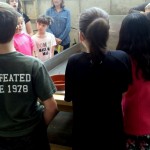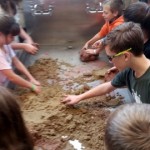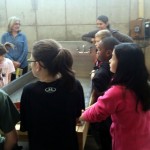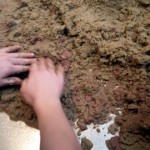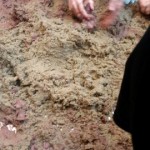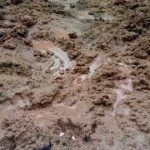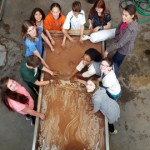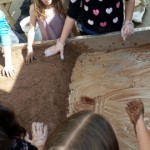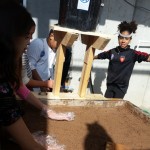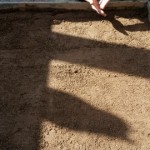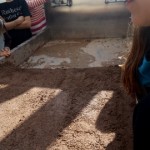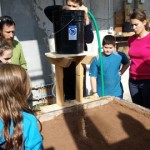From 5th and 6th Grade Science teacher, Anneke Nordmark:
In the first weeks of school, 6th graders made observations of Allens Creek where it borders Harley’s campus. After a heavy rain storm, we went back outside and observed some differences in the location of sediment along the banks. We discussed how the stream might change over a long period of time and came back to the classroom to build models and investigate this idea.
In baking pans, using a small plateau made of sand and clay, we created and studied various scenarios ranging from a slow water trickle over the plateau to rushing floods. We elevated one end of the tray to see if slope impacted erosion and deposition. Students also designed and explored their own questions including how a dam or a waterfall would impact erosion.
With the help of Ja’Daiza Johnson and Chris Hartman, students scaled up their model. Using an old sink designed for developing photographs as the container, they created a much larger sand and clay plateau. Students placed a bucket with a dripping water tube at one end of their plateau and have been monitoring the erosion and deposition weekly. We’ve noticed how long erosion takes when the water drips slowly and have been able to witness the formation of a meander and large delta. Students placed small cubes on the plateau to represent houses, and we unleashed some flash flooding. Now that our model stream flow as returned to normal, we’re continuing to monitor the state of some houses placed very close to the water’s edge.
Come check out our model periodically and join us in making predictions as we continue to run this experiment in the coming weeks.
